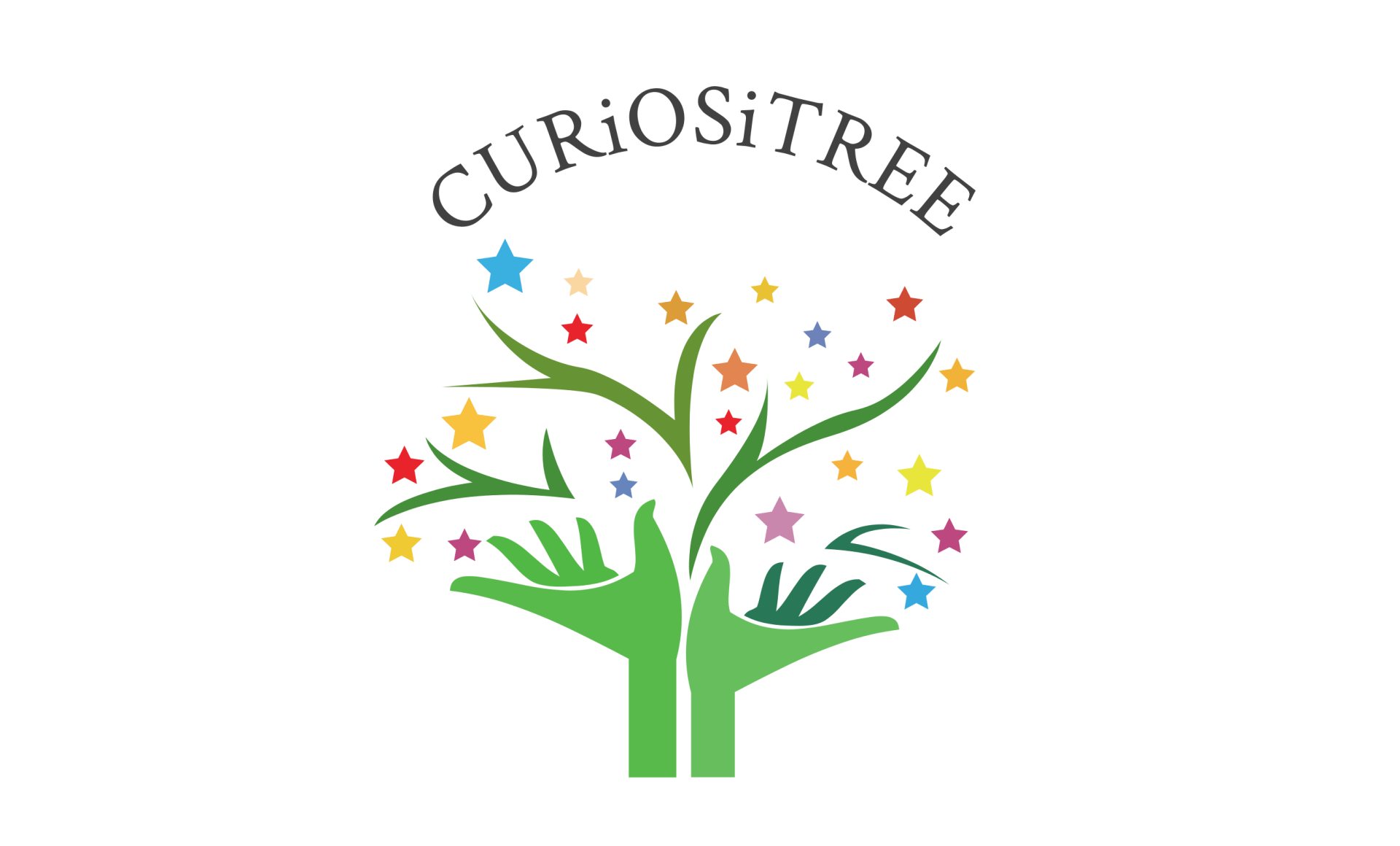POLICIES and PROCEDURES
POLICIES and PROCEDURES
“Our intention is to carry out our activities in such a way that all are safe from harm and discrimination.”
Risk and Benefit in activities Curiositree exists to create opportunities for children, young people and adults to enjoy and benefit from the natural world through outdoor experiences. We embrace the ethos of Forest School and encourage children and young people to discover, learn and play in outdoor settings. Research shows and we believe, that everyone benefits from being in nature and that education, play and enjoyment of it are key to its conservation and protection.
In being inspired by nature, developing practical skills with tools, and understanding how to assess risk, children are learning on all levels – most importantly at their own level. By giving children small, achievable tasks their self-esteem and confidence grows with each session. We also give time to reflect on how they feel and what they have learnt, which allows them to develop positive values and attitudes about themselves.
Risk and Benefit in activities
Curiositree exists to create opportunities for children, young people and adults to enjoy and benefit from the natural world through outdoor experiences. We embrace the ethos of Forest School and encourage children and young people to discover, learn and play in outdoor settings.
Research shows and we believe, that everyone benefits from being in nature and that education, play and enjoyment of it are key to its conservation and protection.
In being inspired by nature, developing practical skills with tools, and understanding how to assess risk, children are learning on all levels – most importantly at their own level.
By giving children small, achievable tasks their self-esteem and confidence grows with each session. We also give time to reflect on how they feel and what they have learnt, which allows them to develop positive values and attitudes about themselves.





